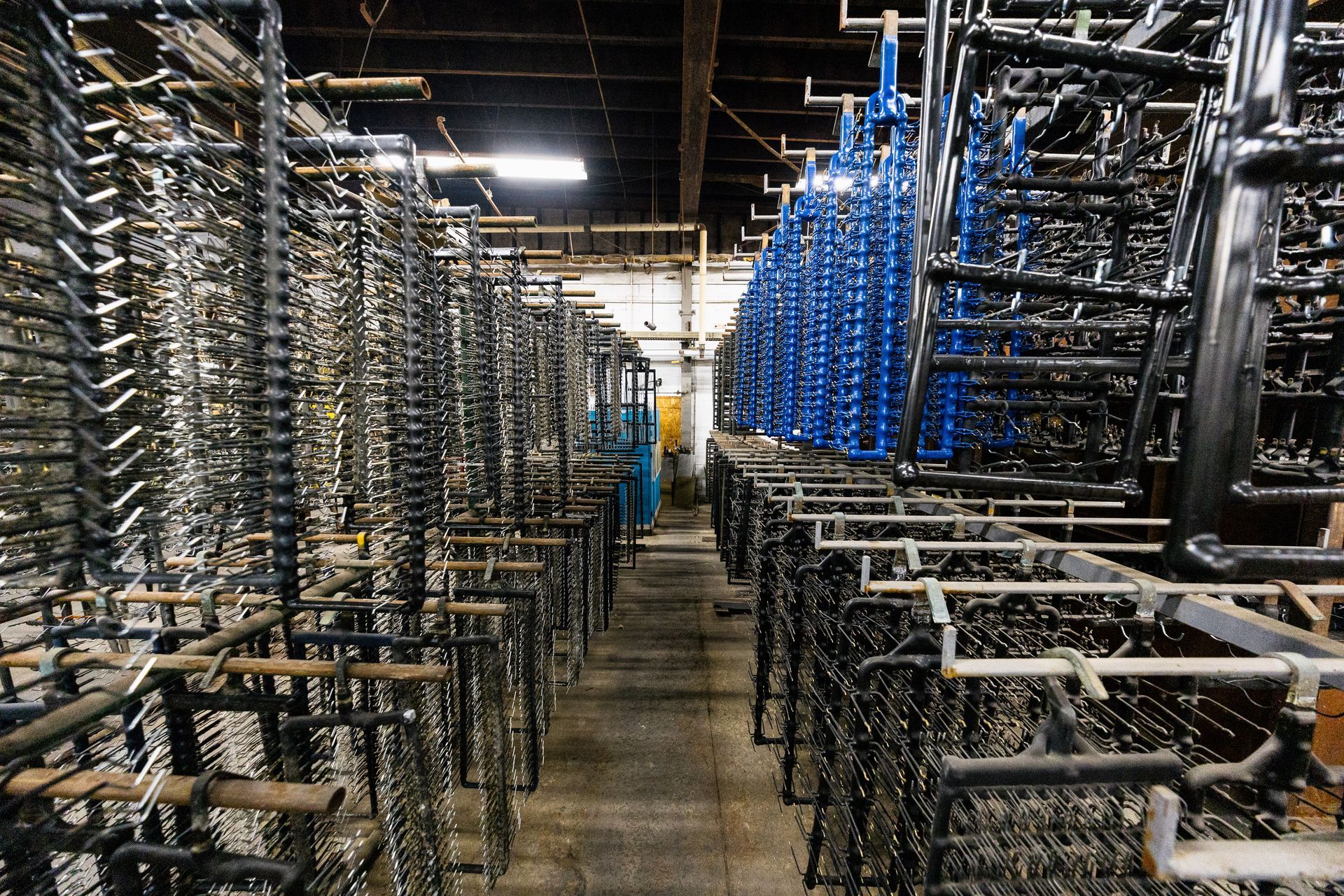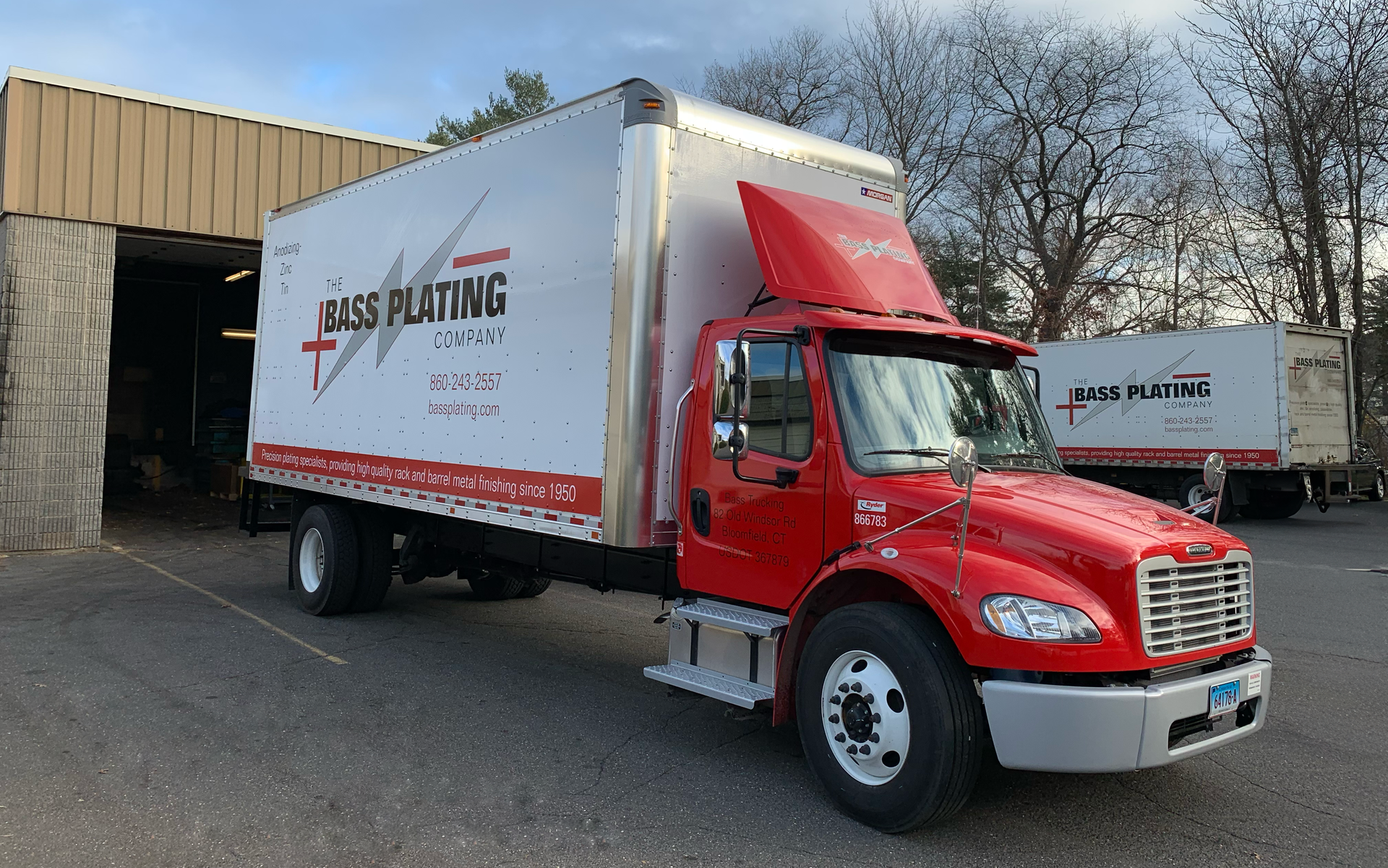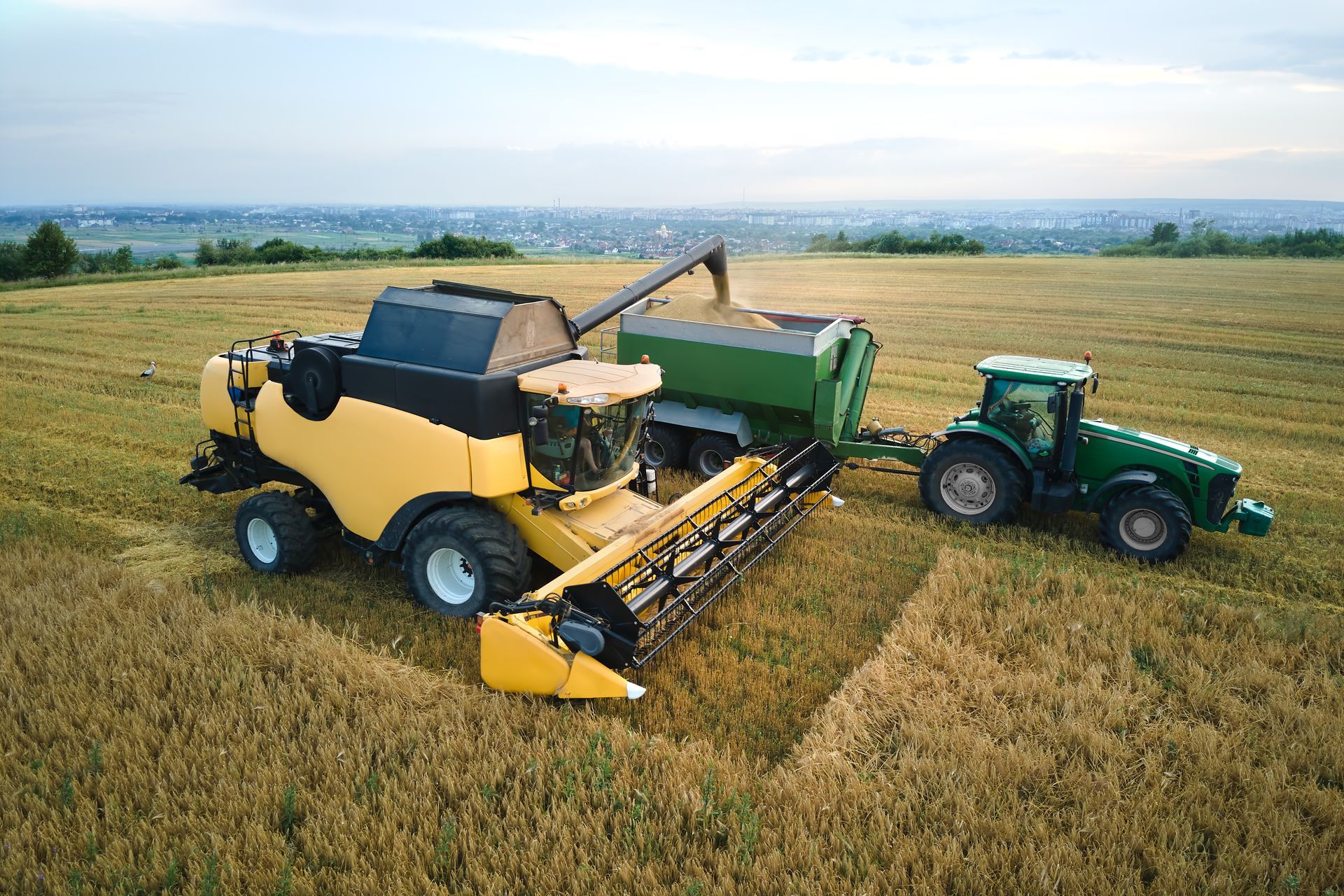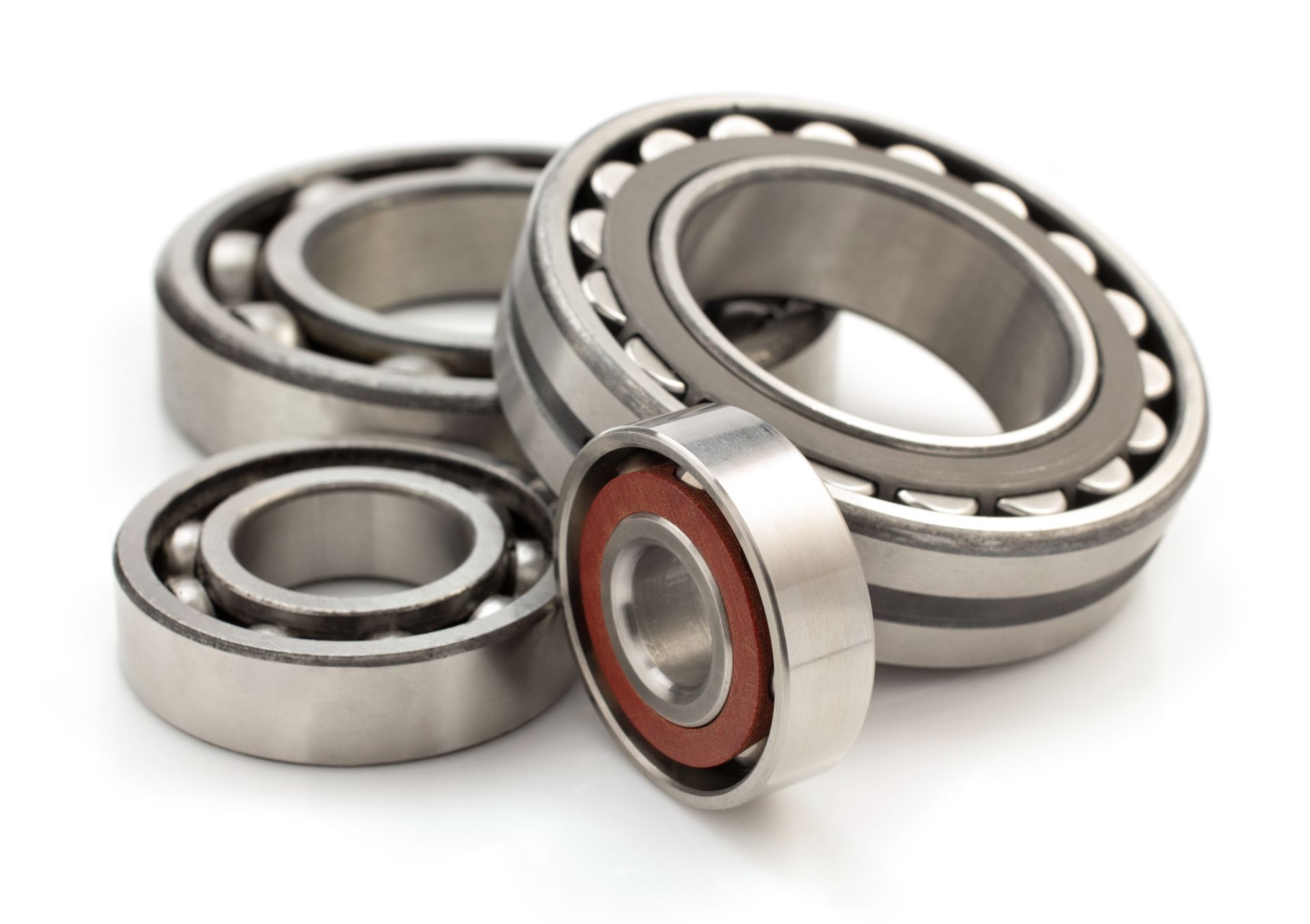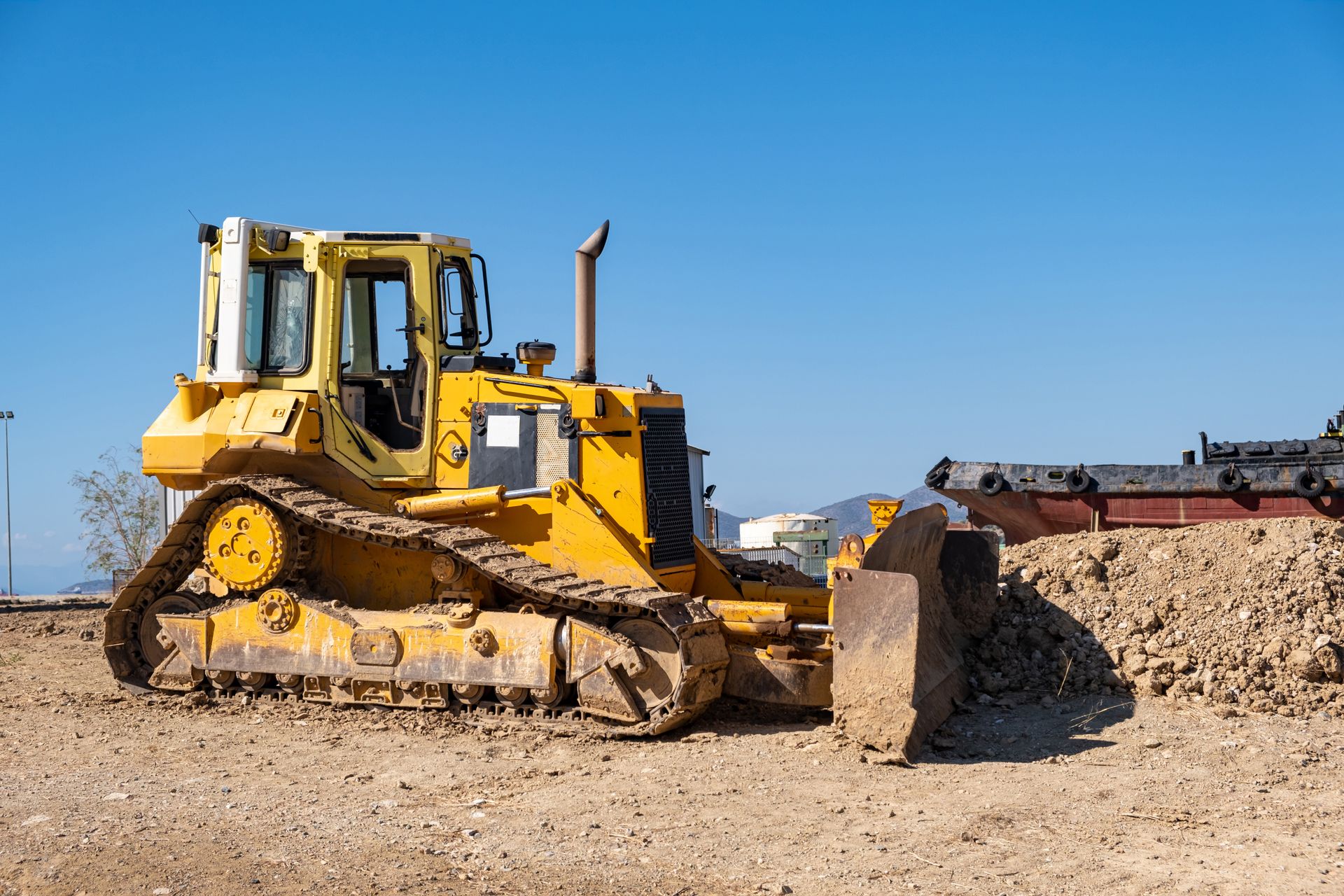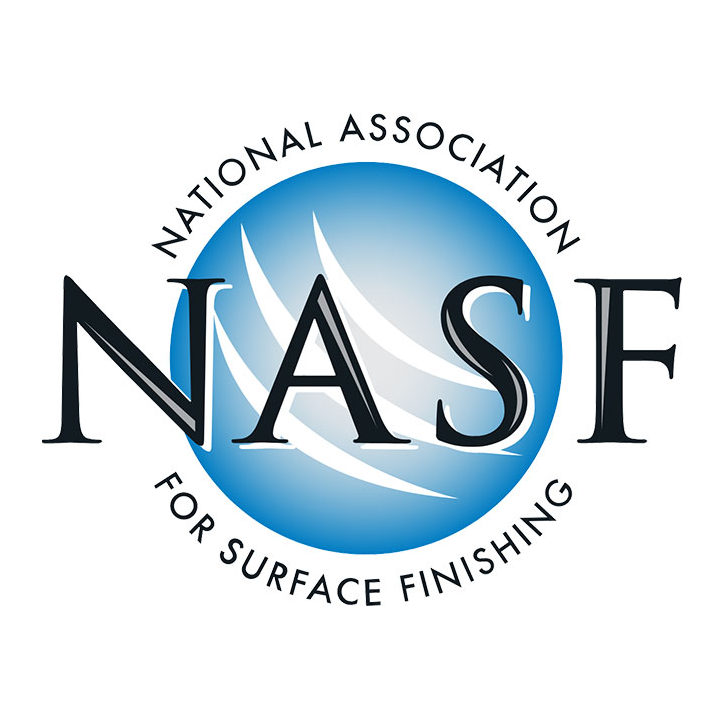Specifications
| Process | Metal | Applicable Specification | Normal Coating Thickness and Color or Appearance | Remarks |
|---|---|---|---|---|
| Anodize – Sulfuric Acid | Aluminum | · MIL-A-8625 TYPE II · CLASS 1 – NON DYED · CLASS 2 – DYED | · 0.00007-0.001 · Clear · All Colors | Not to be applied to assemblies or parts with joints or recesses, which might entrap solution. Good electrical barrier and paint base. May be dyed in all colors. Dichromate seal will impart yellow color. Produces excellent decorative finishes when the part is either polished, brushed, or bright dipped prior to anodizing. Good abrasion resistance. |
| Chemical Films (Alodine, Iridite, etc.) | Aluminum | · MIL-DTL-5541F · CLASS 1A for maximum protection against corrosion on painted or unpainted surfaces · CLASS 3 for protection against corrosion where low electrical resistance is required. | · No dimensional change · Gold or clear as specified | Used mainly as a point base that improves paint adhesion. Good corrosion resistance. Electrically conductive. Normally gold color unless otherwise specified. CLASS 3 coating is used primarily for low electrical resistance contact and has less corrosion resistance than CLASS 1A coating. |
| Etching | Most | None | · Removes metal · Dull to bright | To improve appearance, remove burrs and oxidation, clean for spot welding, give satin finish. |
| Passivate | Stainless steels | · QQ-P-35 · TYPE II – Medium temperature nitric acid solution with sodium dichromate additive · TYPE VI – Low temperature nitric acid solution · TYPE VII – Medium temperature nitric acid solution · TYPE VIII – Medium temperature high concentration nitric acid solution | · No dimensional change · No appearance change | Dissolves all traces of foreign metals such as pieces of iron particles, tool scrapings, chips, etc. that will cause rust or stain spots if they are not removed. A thin, transparent passive film forms over the surface and prevents this condition from occurring. The presence of rust and/or heavy heat treat scale may necessitate a pre-pickle. For the 400 and precipitation hardening series of stainless steels, the proper heat treatment is very important to ensure complete passivation. |
| Tin Plating | All | · MIL-T-10727 · ASTM B545 | TYPE I – Thickness not specified, suggested are: .0001-.00025 for soldering .0002-.0004 to prevent galling or seizing .003 minimum to prevent corrosion of base metal .0002-.0006 to prevent case forming in nitriding TYPE II - .0007 minimum · Bright silver | Underplate of copper or nickel must be used on brass and zinc alloys. Excellent solderability and fair corrosion resistance. At room temperature TYPE I dull plating oxidizes or slowly but bright plating oxidizes less readily. Parts to be soldered or used for electrical contacts can be protected from oxide formation by a preservative coating of stearic acid as specified. TYPE I plating may be fused but thickness will vary after treatment. A maximum of .0003 thick plating must be maintained to permit satisfactory fusing. TYPE II hot-dipped coating is used on parts for maximum corrosion resistance. |
| Zinc Plating | All | ASTM B-633 · Type I: As-plated, no supplementary treatment. · Type II: With a colored chromate coating (typically yellow). · Type III: With a clear, trivalent chromate coating. · Type IV: With a phosphate coating. · Type V: With a colorless trivalent passivate. · Type VI: With a yellow trivalent passivate | · SC 4 (very severe) · SC 3 (severe) · SC 2 (moderate) · SC 1 (mild) · Fe/Zn 25 (25 microns)-.001 · Fe/Zn 13 (13 microns)-.0005 · Fe/Zn 8 (8 microns)-.0003 · Fe/Zn 5 (5 microns)-.0002 · TYPE I – Clear · TYPE II – Gold · TYPE III – Clear · TYPE IV – Gray · Dull to bright | Gives galvanic protection to base metal. Untreated (TYPE I) zinc plating does not maintain its bright surface for a very long period. TYPE II and III treatments retard the formation of white corrosion products on the plated surface. The service life of zinc plating is a function of conditions such as thickness, exposure, and usage. The service conditions are as follows: SC 4 – Very severe: Exposure to harsh conditions or subject to frequent exposure to moisture, cleaners, and saline solutions and damage by denting, scratching, or abrasive wear. SC 3 – Severe: Exposure to condensation, perspiration, infrequent wetting by rain, and cleaners. SC 2 – Moderate: Exposure mostly to dry indoor atmospheres but subject to occasional condensation, wear, or abrasion. SC 1 – Mild: Exposure to indoor atmospheres with rare condensation and subject to minimum wear or abrasion. |
what sets us apart
We take pride in our ability to deliver high-quality plating solutions with precision, efficiency, and durability, no matter the size or scale of the project.
INdustries We serve
Bass Plating provides advanced metal finishing solutions tailored to the demands of various industries. Our comprehensive processes ensure durability, corrosion resistance, and precision for every application.

